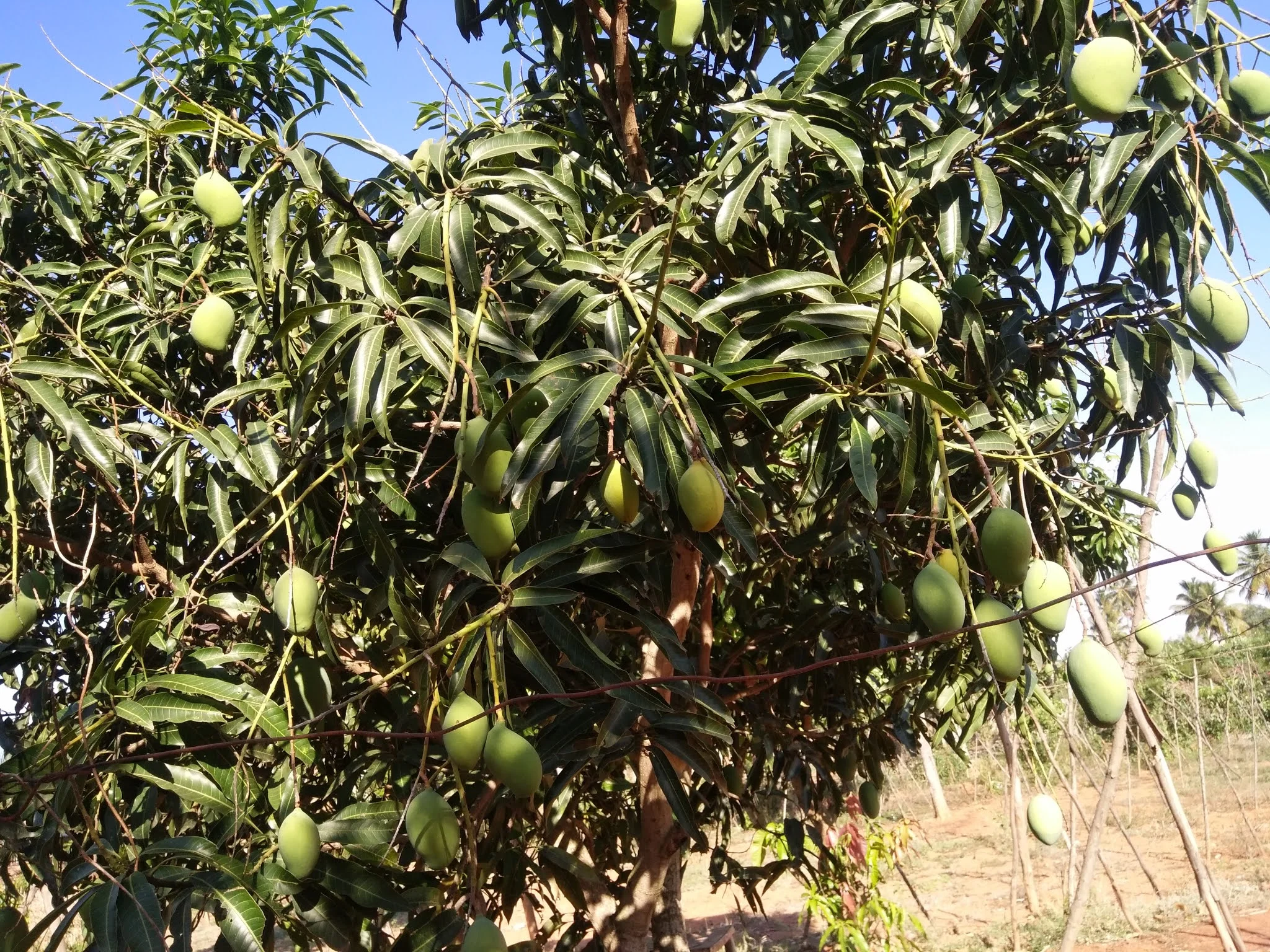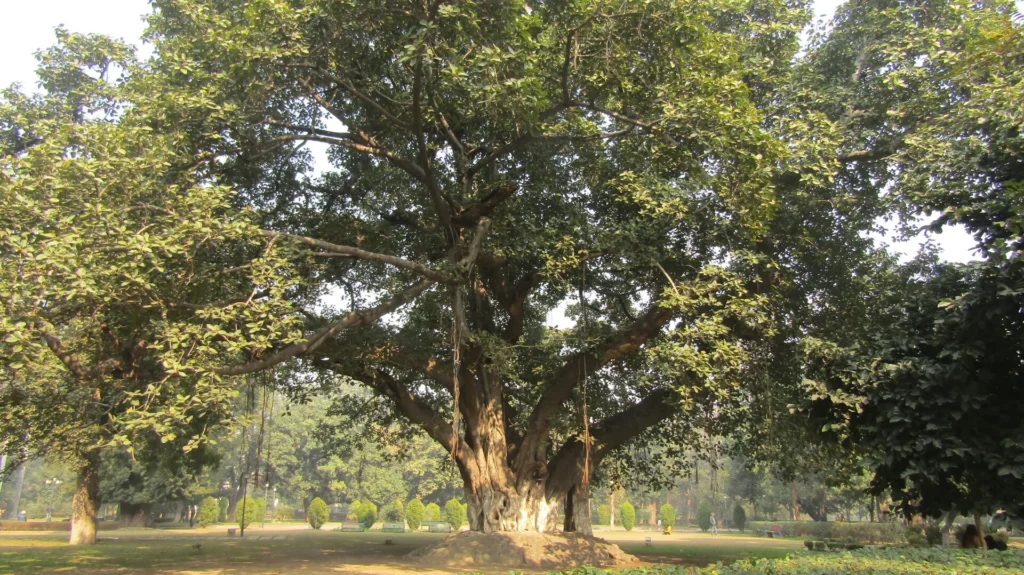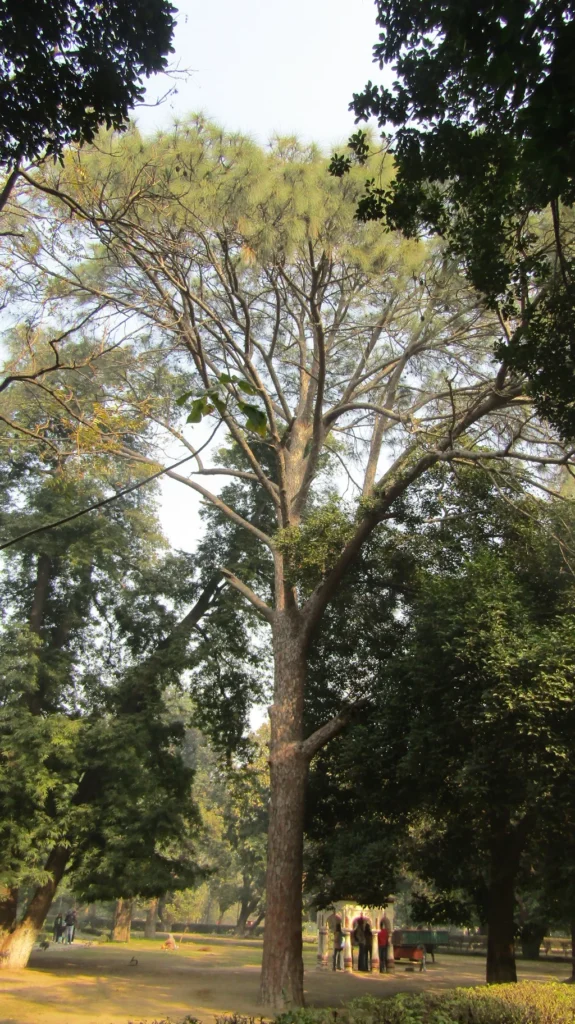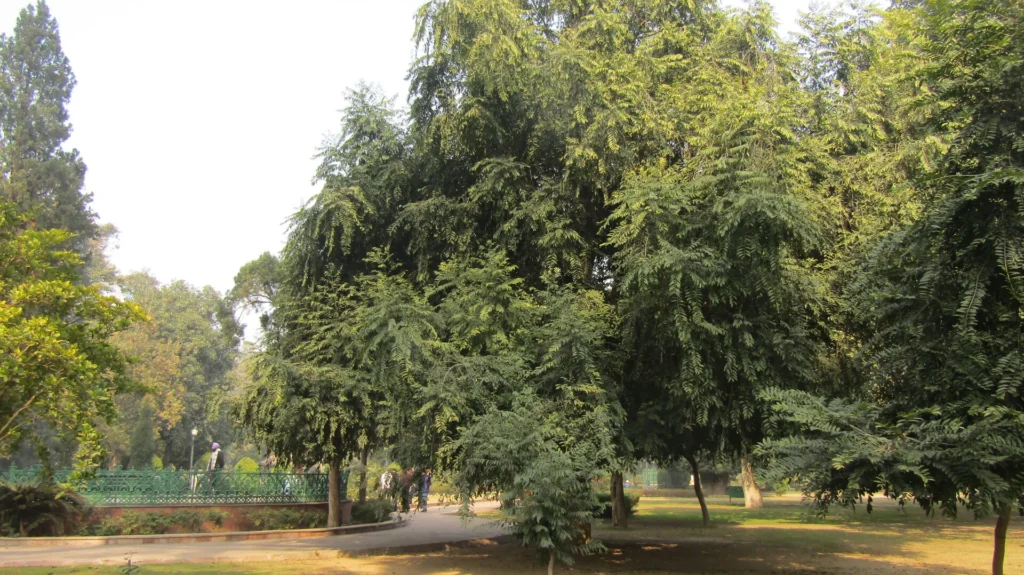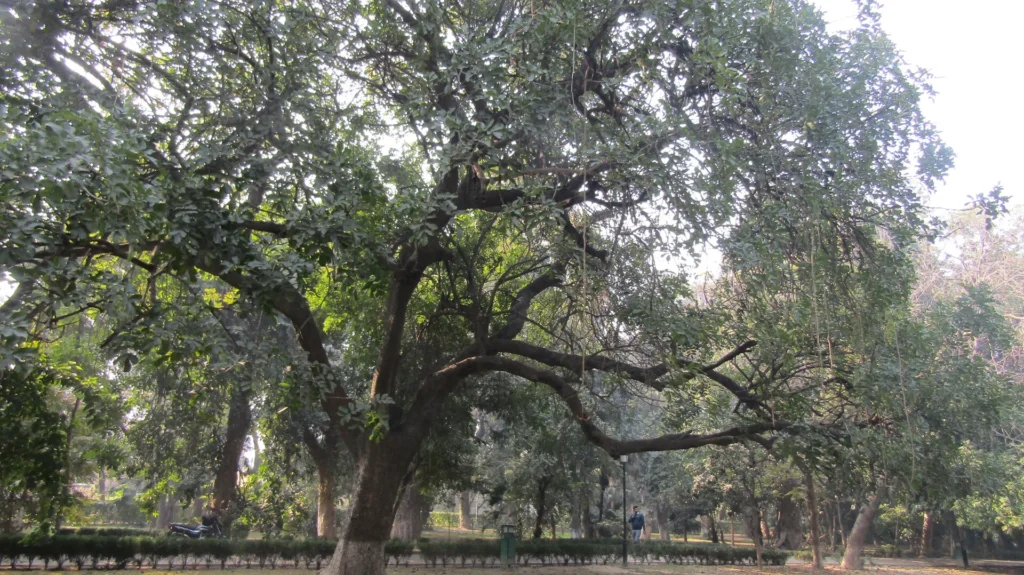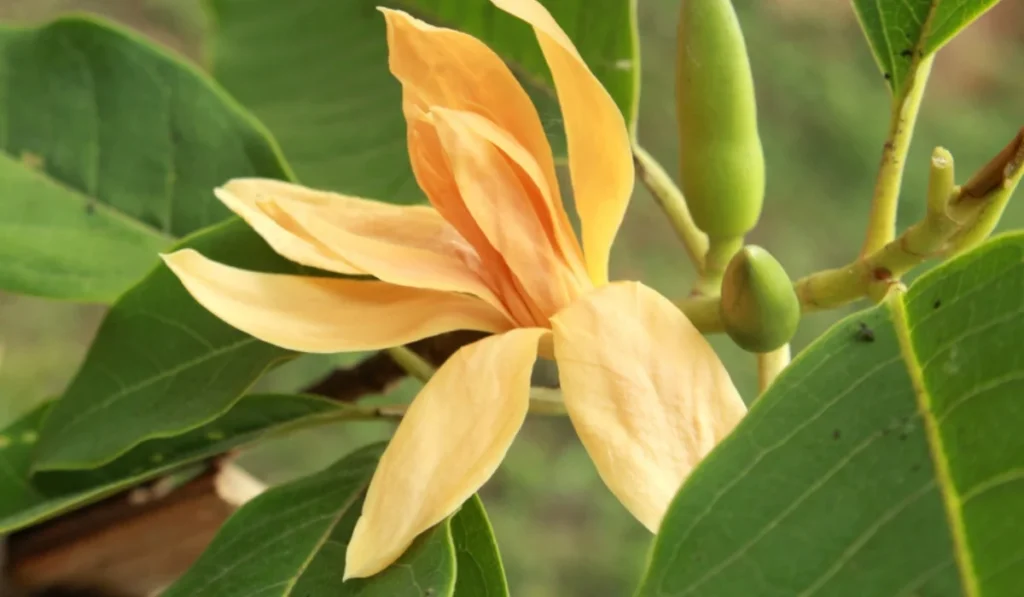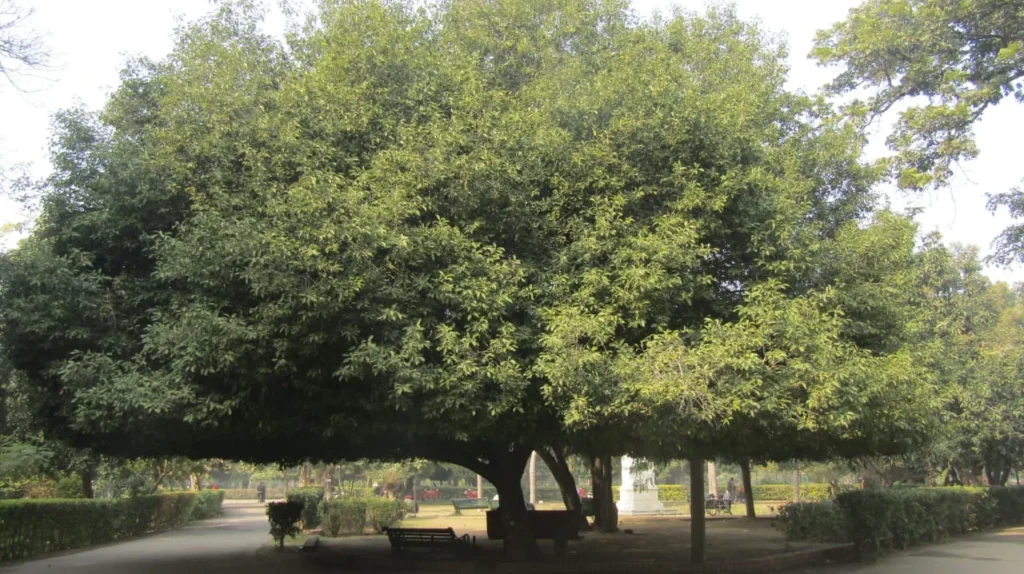The ‘Mallika’ mango is the result of the hybridization of the Indian mango varieties Neelum and Dasheri. The variety was introduced by Dr. Ramnath Singh. When grafted, the tree will remain a manageable size and is appropriate for dooryard growing. Fruit is normally ready to harvest from June to July.
- Kingdom: Plantae
- Characteristic feature: Tracheophytes
- Type of seed: angiosperms
- Class: Magnoliopsida
- Order: Sapindales
- Family: Anacardiaceae
- Genus: Mangifera
- Species: Mangifera indica
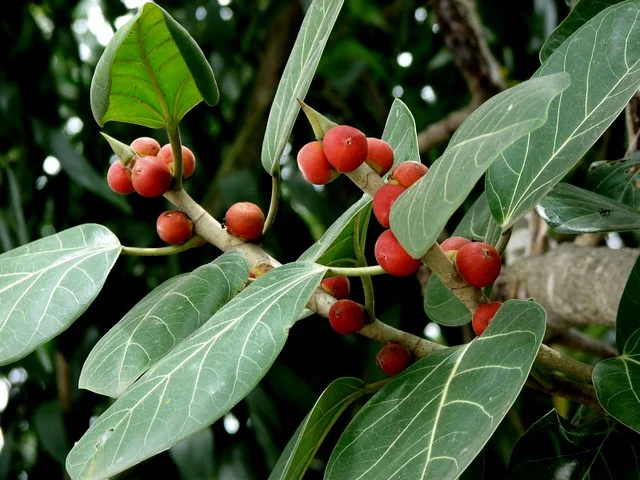
Mallika produces high quality, fiberless Mango fruit. The fruit has prominent citrus, melon and honey notes and is exceptionally sweet. This variety is formed by the cross of ‘Neelum’ x ‘Dasheri’ Mango.
The cultivar met a positive reception at the Fairchild Botanic Gardens International Mango Festival.
Mallika are usually grown in tropical to subtropical climates. However, if grown in colder temperatures, the Malika has a higher chance of showing signs of a disease called malformation. Malformation is most prevalent in species of mango that are grown between a range of temperatures of 10-15 degrees Celsius.However, the sign of the disease is not as prevalent in temperatures that are higher than 15 degrees Celsius. The reason for the malformation in the Mallika species is due to the cold temperature causing the mango to produce higher than normal levels of ethylene, which is a chemical produced when the mango exhibits either abiotic or biotic stresses.
Daily Use Case & Health Benefits
It is often enjoyed as a fresh and delicious snack, Mallika mangoes find their way into a myriad of culinary creations. Their rich flavor profile makes them suitable for making refreshing mango juices, blending into smoothies, or incorporating into vibrant fruit salads. The versatility of Mallika mangoes in both sweet and savory dishes adds to their culinary appeal.
Mallika mangoes are a good source of essential nutrients, including vitamin C, vitamin A, vitamin E, and dietary fiber. These nutrients contribute to overall well-being and support the immune system. The presence of antioxidants, such as beta-carotene and polyphenols, in Mallika mangoes helps combat oxidative stress in the body. Antioxidants play a role in neutralizing free radicals and reducing the risk of chronic diseases.The high vitamin C content in Mallika mangoes supports the immune system, aiding in the body’s defense against infections and illnesses.

